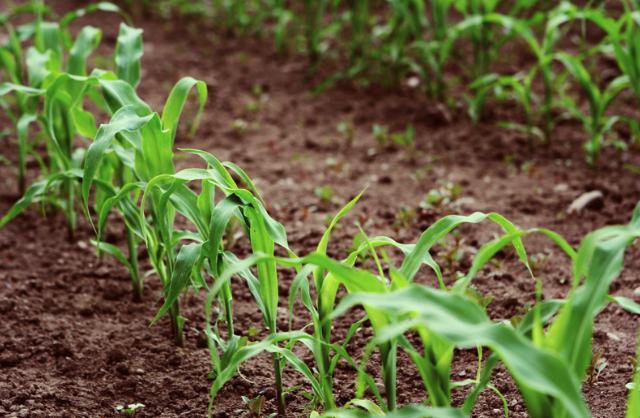Early Season Considerations
go.ncsu.edu/readext?1002955
en Español / em Português
El inglés es el idioma de control de esta página. En la medida en que haya algún conflicto entre la traducción al inglés y la traducción, el inglés prevalece.
Al hacer clic en el enlace de traducción se activa un servicio de traducción gratuito para convertir la página al español. Al igual que con cualquier traducción por Internet, la conversión no es sensible al contexto y puede que no traduzca el texto en su significado original. NC State Extension no garantiza la exactitud del texto traducido. Por favor, tenga en cuenta que algunas aplicaciones y/o servicios pueden no funcionar como se espera cuando se traducen.
Português
Inglês é o idioma de controle desta página. Na medida que haja algum conflito entre o texto original em Inglês e a tradução, o Inglês prevalece.
Ao clicar no link de tradução, um serviço gratuito de tradução será ativado para converter a página para o Português. Como em qualquer tradução pela internet, a conversão não é sensivel ao contexto e pode não ocorrer a tradução para o significado orginal. O serviço de Extensão da Carolina do Norte (NC State Extension) não garante a exatidão do texto traduzido. Por favor, observe que algumas funções ou serviços podem não funcionar como esperado após a tradução.
English
English is the controlling language of this page. To the extent there is any conflict between the English text and the translation, English controls.
Clicking on the translation link activates a free translation service to convert the page to Spanish. As with any Internet translation, the conversion is not context-sensitive and may not translate the text to its original meaning. NC State Extension does not guarantee the accuracy of the translated text. Please note that some applications and/or services may not function as expected when translated.
Collapse ▲The weather could not be more different than last year at this time and I believe most farmers across Sampson County are thankful for it. It has been dry enough for planting to go relatively smoothly for corn and peanuts and there has been enough rain for a good stand. Tobacco is being transplanted or soon will be, cotton and full-season soybeans will follow close behind. Here are just a few things to keep in mind as planting wraps up and the early growing season gets under way.
Planting for some crops is nearly wrapped up and just getting started for others but all things considered, this season has gone smoothly. It has warmed up a lot quicker than at this time last year and it has been a bit dryer allowing farmers to plant without interruption. I have heard of farmers stopping because it was too dry, but rain has been frequent enough not to delay too long. Rain has come mainly as scattered showers and storms and hasn’t been very predictable lately. This could cause issues as tobacco and cotton go in the ground. Both of these crops hate wet field conditions and diseases in tobacco thrive in wet conditions. Soil crusting is also a concern when it comes to cotton. A heavy rain after planting could form a crust layer on the top of the soil and prevent cotton seedlings from breaking through the soil surface. I would caution against planting before a heavy rain if it can be helped, especially in soil prone to crusting on the top.
Weeds are always a topic of consideration this time of year and on into the growing season. Weeds take planning to conquer until harvest time and keeping them at bay will improve crops by reducing the competition for resources like water and nutrients. Start off with a good burn down application or till the field and then apply a residual herbicide to keep the field clean until the crop gets a good stand. This is more important now than it has been in previous years since dicamba has been taken off the market. Despite the issues of drift and volatility that came with it, dicamba was an incredible tool for in-season weed control. On the topic of applications over the top of the crop, it is essential to make timely applications before weeds get too big to be effectively controlled. If the weather cooperates and timely applications are made, crops should be able to out compete the weeds.
Insects are another topic of concern as we get into the growing season. Insects damage crops on their own and by spreading disease. Thrips are a major concern in tobacco, cotton and other crops and are known to spread tomato spotted wilt virus in tobacco. Since we had a relatively mild winter, insects could be more prevalent this year. Scouting is essential to stay ahead of insect pests and crop diseases. NC State has several resources that help determine insect thresholds and whether an insecticide application is needed. If you need any help with these tools or with scouting for insects and diseases feel free to contact the N.C. Cooperative Extension, Sampson County Center. As mentioned in regards to weed control, timeliness is important in preventing losses from insect pests. Once you determine an application is needed, getting into the field before a serious problem arises is paramount.
Hopefully these considerations will help as we go into the growing season. As long as the weather cooperates this should be a productive year for the farmers of Sampson County.




